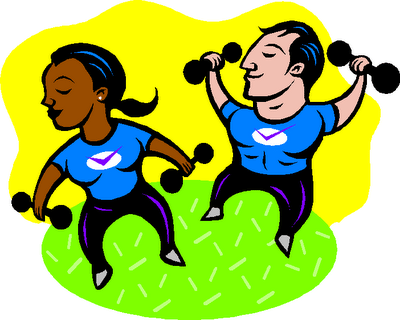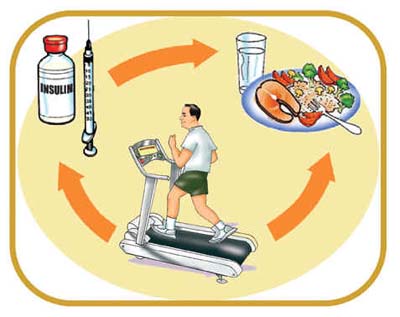Introduction
Today’s topic is self-help through activity and exercise! Let’s start with your take home points:
- Lesson one is on activity and exercise. Remember, these are two different considerations!
- Lesson two is that every level of activity provides benefit to your heart.
In today’s post, we explore different options for you to produce heart benefits. Therefore, choose your strategy based on your objectives.

Activity and Exercise: What You Need to Know
Here are a series of Straight, No Chaser posts meant to give you the information you need. Of course, we suggest you learn it all!
The Benefits of Activity and Exercise: Let’s start with an understanding of what you’re trying to do. Also learn how and why it matters.
Invisible Health: This post discusses how healthy habits and activities produce ongoing health benefits. That’s right; you can get some things done without having to pack up and go to the gym!
Fat Burn vs Cardio: How Do I Best Exercise? There are levels to exercise. Accordingly, there are different benefits found in different types of exercise. We discuss those in this post.
Straight, No Chaser Exercise Vlog: Let’s chat for 2 minutes. View Dr. Sterling discussing exercise as a wrap up to the lesson!

Whatever you do, do something! Your activity today prepares your heart and other organs to protect you tomorrow. Toxins and disease aren’t inclined to go away by themselves. Get up!
Follow us!
Feel free to ask your SMA expert consultant any questions you may have on this topic. Take the #72HoursChallenge, and join the community. As a thank you, we’re offering you a complimentary 30-day membership at www.72hourslife.com. Just use the code #NoChaser, and yes, it’s ok if you share!
Order your copy of Dr. Sterling’s books There are 72 Hours in a Day: Using Efficiency to Better Enjoy Every Part of Your Life and The 72 Hours in a Day Workbook: The Journey to The 72 Hours Life in 72 Days at Amazon or at www.jeffreysterlingbooks.com. Receive introductory pricing with orders!
Thanks for liking and following Straight, No Chaser! This public service provides a sample of http://www.SterlingMedicalAdvice.com (SMA) and 844-SMA-TALK. Please share our page with your friends on WordPress! Like us on Facebook @ SterlingMedicalAdvice.com! Follow us on Twitter at @asksterlingmd.
Copyright © 2020 · Sterling Initiatives, LLC · Powered by WordPress





















![exercize cat[5]](https://e2wefe.p3cdn1.secureserver.net/wp-content/uploads/2014/05/exercize-cat5.jpg?w=300)
















